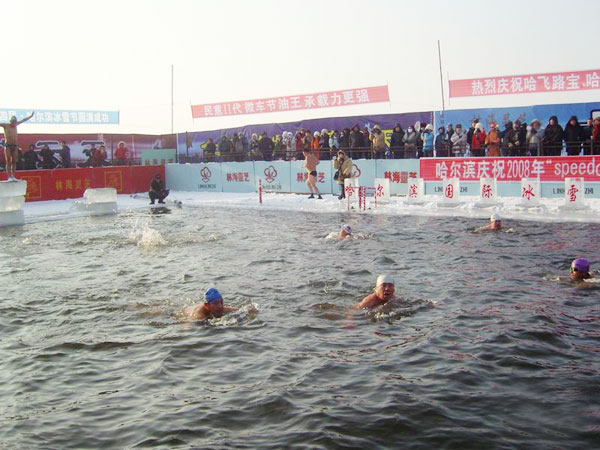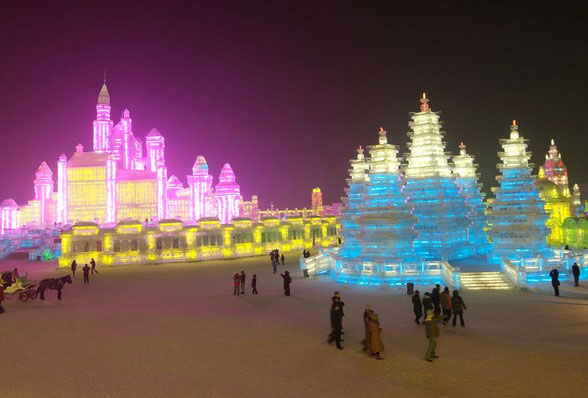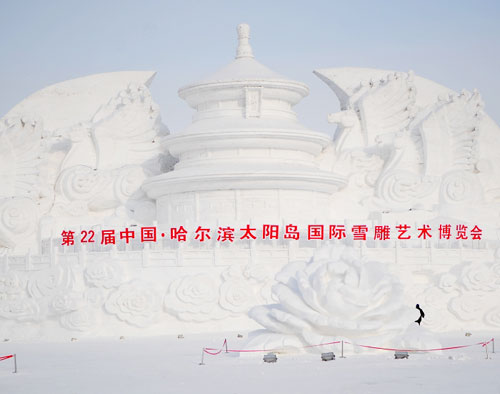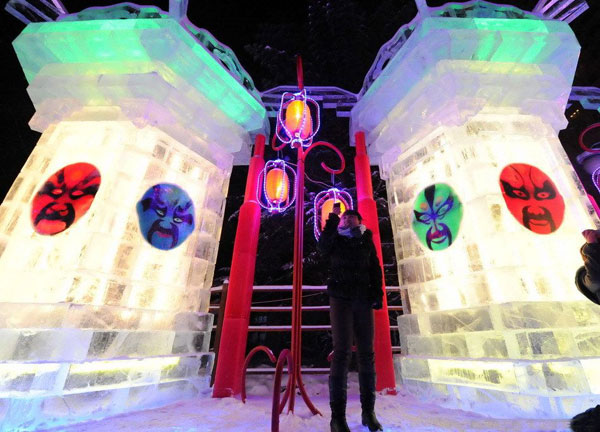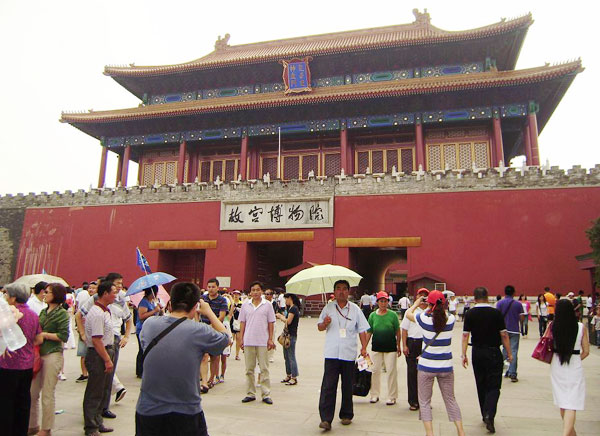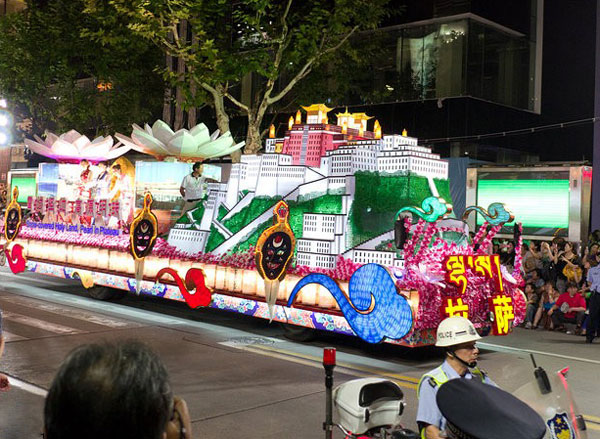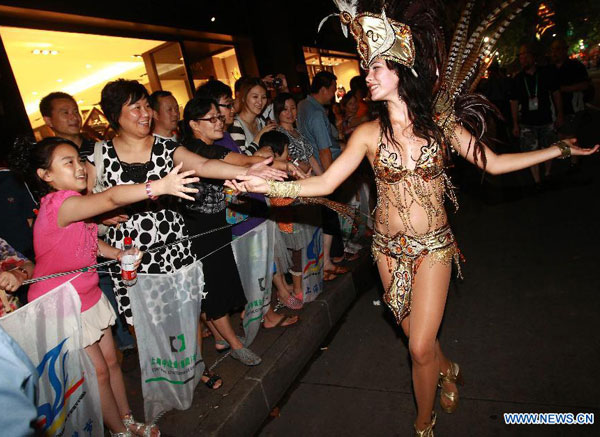The Chinese saying “food is heaven for the people” is no exaggeration. Chinese people, at all levels of society, enjoy eating delicious food. And cooking has developed into a very sophisticated art.
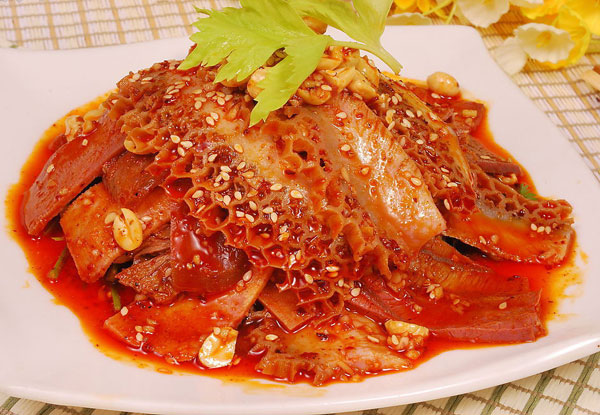 |
| Husband and wife lung slices - pieces of addictively spicy beef offal served cold. |
The development and diversity of
Chinese cuisine is also representative of China’s long history. With each dynasty, new recipes were created. However, the most significant development in Chinese cuisine took place in the
Qing dynasty (1644-1911). At the time, a most famous dinner, called “Man Han Quan Xi” (literally Manchu Han Imperial Feast), consists of at least 108 unique dishes from all the very best of Man and Han Cuisines.
China is divided into 34 provinces, each with its own distinct culinary heritage that reflects its unique geography, climate, history and culture. Cooking styles are inspired by fresh, local ingredients and spices. All these factors lead to the evolution of what are called the “Eight Cuisines” and “Four Flavors”.
Eight Cuisines
Chinese cuisine is classified into four schools (the north, south, east, and west), which are further divided into eight main regional cuisines, namely Eight Cuisines.
1. Shandong Cuisine
2. Sichuan Cuisine
3. Cantonese Cuisine
4. Fujian Cuisine
5. Jiangsu Cuisine
6. Zhejiang Cuisine
7. Hunan Cuisine
8. Anhui Cuisine
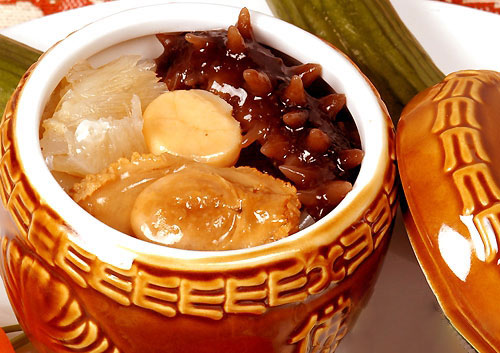 |
| Buddha jumps over the wall - a rich stew made from sone of the most expensive ingredients from the land and sea. |
Of course, there are many other local cuisines which are famous, such as Beijing Cuisine and Shanghai Cuisine. In addition, China also has imperial dishes, dishes of ethnic minorities, as well as Buddhist and Muslim sub-cuisines within the greater Chinese cuisine.
Four Flavors
Importantly, cuisine in China is always appreciated through all the senses. A dish is first judged for its appearance and aroma, then its taste and texture. And a good-quality dish should have one of the following characteristics or a combination of several.
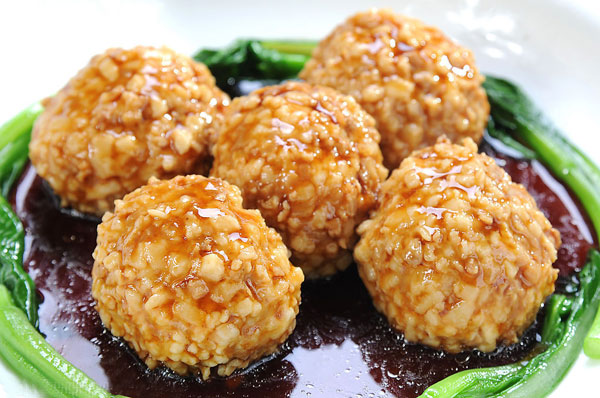 |
| Lion's head - Fist-sized meatballs made from three parts meat and seven parts fat. |
1. Xian (鲜) – the natural, heightened flavor of ingredients, such as the sweetness of prawns, or the taste of high-quality butter.
2. Xiang (香)– a fragrant aroma found in dishes that combines smell and taste harmoniously.
3. Nong (浓) – the richness of a sauce; a concentration of flavor.
4. you er bu ni (油而不腻) – the taste and texture of fat without greasiness of stodginess or stodginess.
For travelers, there has never been a more exciting time to eat in China.
Easy Tour China offers several “
China culinary tours” for choice. There would be great opportunities for visitors to try a variety of regional dishes, as well as participate in cooking classes.
